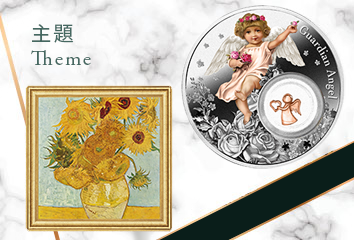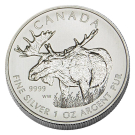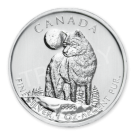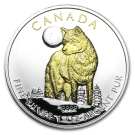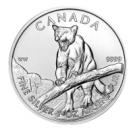Few metamorphoses are as dramatic as the one experienced by the Monarch butterfly (Danaus plexippus), which are a welcome sight during the summer across the many regions of Canada. Its beautifully patterned black and orange wings easily make the species one of the most recognisable butterflies found in North America; however, this iconic form is only attained during the final stage of its life cycle, after it sheds its brightly striped caterpillar form and develops within the safety of the chrysalis that encases it. The process begins when the caterpillar spins a silk pad on the underside of a milkweed (Asclepias) leaf and attaches its hind claspers to it. Now suspended with its head facing downwards, the caterpillar's life depends on the strength of this attachment. Twisting around, the caterpillar sheds its skin to reveal a moist exoskeleton that hardens to a waxy, green-coloured coating. The chrysalis darkens and becomes transparent over the course of nine to 15 days, during which time the pupa develops inside. The butterfly soon emerges (after approximately 10 days with a little assistance from gravity as it pushes down and outwards to split the chrysalis. Now free, the butterfly will rest on its former enclosure while expanding its wings in preparation for its first flight. Design: Designed by Canadian artist Trevor Tennant, your coin features a beautifully detailed side profile of a Monarch caterpillar. Selective colour application showcases the caterpillar's bright yellow, black and white stripes as it crawls along a bright green milkweed leaf – a plant that plays an integral part in the Monarch's early life cycles. A large chrysalis is engraved in the background as a reminder of the Monarch's next stage, at which time it will enclose itself during its metamorphosis into one of Canada's most recognizable butterflies.
| 厚度 | mm |
|---|---|
| 國家 | 加拿大 |
| 年份 | 2014 |
| 面值 | 3 Dollars |
| 成色 | 99.99% |
| 質量 | Proof |
| 直徑 | 27 mm |
| 鑄造量 | 10000 |







